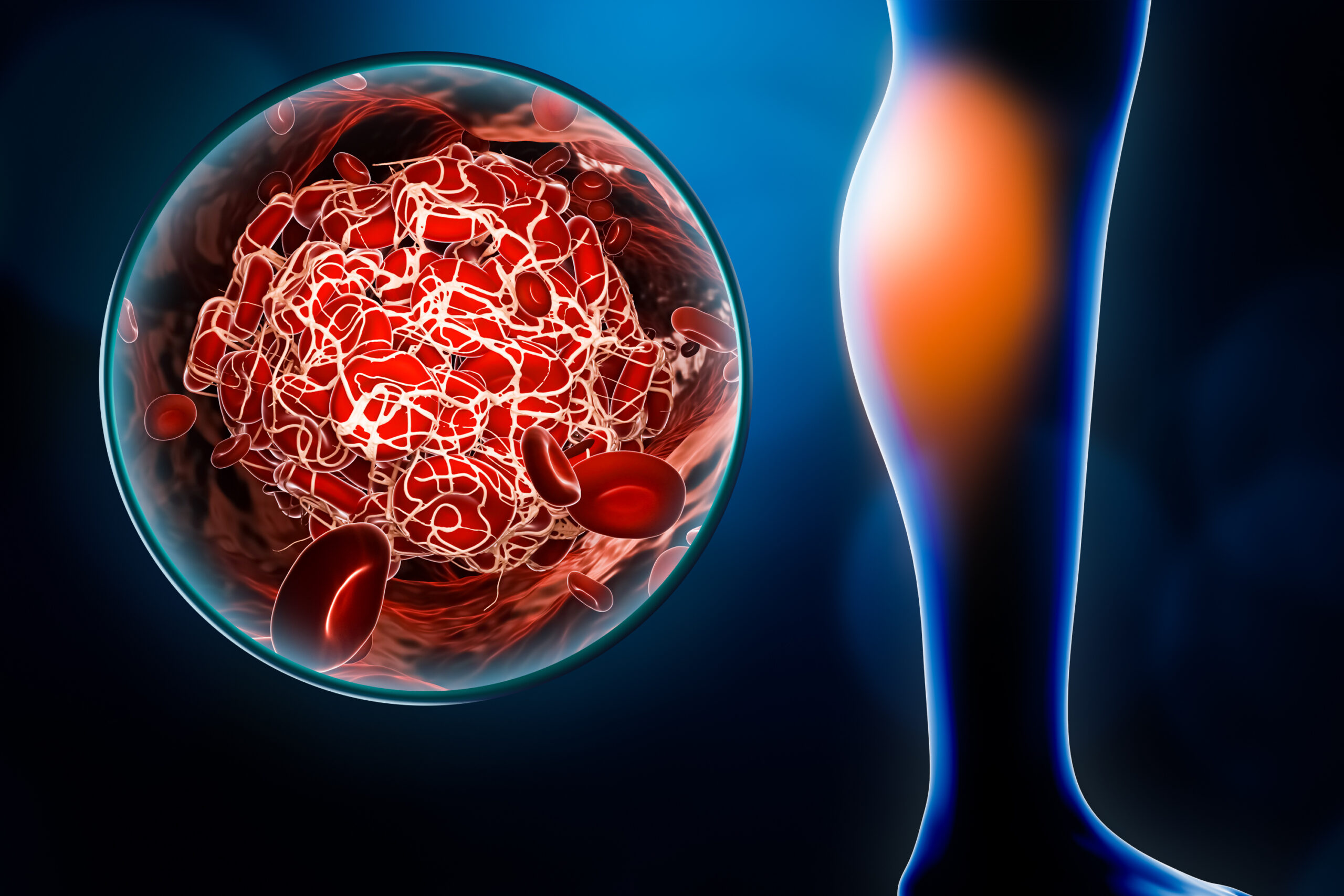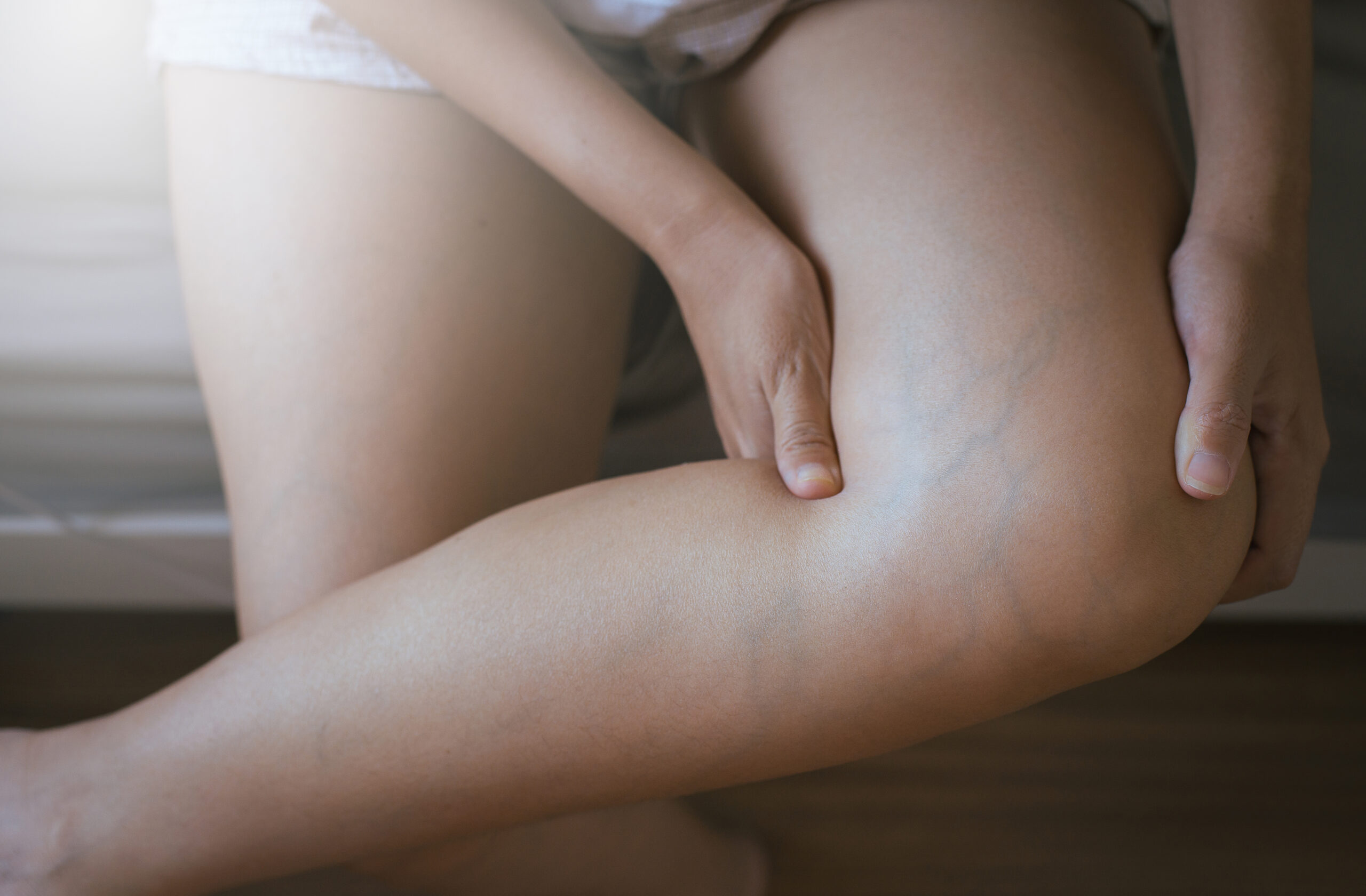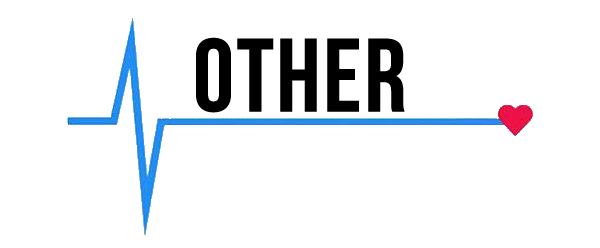Conditions that affect your arteries and veins — and cause pain in lower extremities — are called vascular diseases or circulatory diseases. Your heart pumps blood through your body via a network of veins and arteries. While the veins and arteries of a healthy individual are elastic vessels that transport blood, veins in particular carry blood from your lower half back to your heart after arteries have transported oxygen-rich blood to those extremities.
The first symptom of vascular disease is usually leg pain, but each person experiences it differently and usually complains of entire lower body aches. There is a wide range of severity when it comes to leg pain. Active or inactive, you may feel the pain at any time. In the beginning, it’s easy to ignore the pain and hope it will disappear on its own. However, you should never ignore any sort of leg pain.
Leg Pain and Other Pain in Lower Extremities
Leg discomfort may also be a symptom of an underlying vascular condition related to pain in lower extremities, especially when you spend all day on your feet. When you are experiencing leg pain, you will no doubt become very uncomfortable. Depending on the severity of your pain, it may range from a dull ache to a sharp shooting sensation. It may be a temporary problem or a chronic one.
Although lower body aches and stiffness are a simple annoyances for many, the pain may affect mobility and quality of life for many others. You should never ignore leg pain, no matter how much you hope the problem will resolve itself.
Peripheral Artery Disease and Pain in Lower Extremities
Resting relieves the pain caused by arterial problems in the large muscles of your lower half. However, plaque buildup can cause pain in lower extremities when those muscles are exerted again. This is where Peripheral Artery Disease (PAD) comes into play.
As a result of fatty deposits building up inside the arteries, PAD hardens the arteries in the legs. By stiffening, clogging, and narrowing the arteries, fat deposits reduce oxygenated blood flow to muscles and soft tissues. It is common for the limbs to have poor circulation. Treating the underlying disease (arteriosclerosis for most) improves circulation and reduces or eliminates most symptoms.
PAD and the Rest of Your Body
Temporary Ischemic Attack (TIA) is a condition in which the arteries of the brain and carotid artery harden. Heart disease occurs when the arteries supplying the heart become hardened or clogged. PAD occurs when the leg arteries harden, causing entire lower body aches.
PAD progresses very slowly. Since the same biological processes as heart disease and stroke also cause PAD, the conditions directly connect to each other. If you have PAD, it is likely that arteriosclerosis affects more than just your legs, and you will need medical attention.
There are several symptoms associated with poor circulation. They include numbness, tingling, throbbing pain, and muscle cramps. Intermittent claudication characterizes PAD. Walking causes this to appear. Resting relieves it. The presence of severe pain in lower extremities while at rest may even indicate the disease is progressing. Known as Critical Limb Ischemia (CLI), severe blockages of blood flow to the limbs which causes skin ulcers, sores, and gangrene characterize your pain.
PAD and Smoking
Smoking may increase your risk of vascular disease throughout the entire body, which can also lead to leg amputations. Also, as a result of uncontrolled blood sugar levels, diabetic neuropathy destroys small blood vessels and nerves, increasing the risk of amputation. In the same way that heart disease and stroke are preventable, PAD is also preventable.
Over 200 million people worldwide suffer from Peripheral Artery Disease, again, a condition where leg arteries become blocked, reducing blood flow and increasing the risk of heart attack and stroke. Those who get less than five hours of sleep have a 74 percent greater chance of developing peripheral artery disease than those who get seven to eight hours of sleep. This has become the catalyst for lower body aches at night for so many millions of individuals according to a study recently published in European Heart Journal—Open, an academic journal of the European Society of Cardiology.
Deep Vein Thrombosis and Pain in Lower Extremities
Venous blood clots can also block blood flow completely or partially, causing pain in lower extremities. Deep Vein Thrombosis (DVT) occurs or develops in the deep veins of the leg. A clogged vein causes pain, tenderness, swelling, redness, warmth on the leg, and lower body aches and stiffness.
However, while some individuals experience entire lower body aches, many people do not experience any symptoms whatsoever. Some of the causes include major surgery, cancer, inactivity, pregnancy, trauma, hormone replacement therapy, inflammatory and autoimmune diseases, obesity, and inherited blood diseases.

Pulmonary embolism (PE) is the most serious consequence of DVT. When they travel there, clots direly affect the lungs. It is a life-threatening complication when a pulmonary embolism occurs.
Recent media attention has focused on DVT, so much so that there is a bipartisan effort in Congress to establish an awareness month for DVT and PE. About 900,000 Americans suffer from these conditions each year, and it is estimated that 100,000 Americans die from PE every year. Early detection and treatment of pain in lower extremities can often prevent these deaths.
Chronic Venous Insufficiency and the Pain That Follows
Chronic Venous Insufficiency (CVI) results from leg veins failing, causing blood to pool in the legs, pressure to form on the walls of veins, and bad pain in lower extremities. There’s a possibility blood valves can fail due to heredity or damage to the vein after suffering from Deep Vein Thrombosis or a blood clot (see above).
Gravity can aggravate symptoms of mild pain, swelling, and heaviness in the affected leg. Even though there’s no threat of losing your limb, a painful ulcer can develop on the inside of the ankle. These related factors characterize CVI.
Additionally, CVI is a known cause of varicose veins. Pain, burning, and heaviness are symptoms of varicose veins. Inflammation of the vein causes CVI (also known as “phlebitis”) and leads to pain in lower extremities.
You can treat your venous disease by seeing a vascular specialist when and if you have aching legs with swelling at the end of each day, or if you suffer from entire lower body aches. The right experts can help with pain in the thighs, buttocks, and/or claves that rest does not relieve. Either way, you should see a vein specialist if you have CVI symptoms or DVT.
About 40 percent of adults are affected by venous insufficiency. As you age, your chances of developing venous insufficiency increase, especially when it comes to lower body aches at night. Women are also more likely to suffer from it than men.
Don’t Ignore Pain in Lower Extremities
Don’t ignore the pain in lower extremities if you are experiencing these symptoms. You should seek immediate medical attention if you are suffering from any of the above discomforts.
A range of orthopedic leg pain treatment options can treat lower extremity conditions. Through conservative treatments, minimally invasive procedures, or surgery, the right health specialist can offer a variety of treatments, providing medical massage therapy, acupuncture, radiofrequency vein ablation, hip and knee injections, arthroscopy, platelet-rich plasma injections, anesthetic injections, and viscosupplementation injections.
Depending on a patient’s condition and unique circumstances, a customized care plan can be created for entire lower body aches. Pain relief, range of motion improvement, and injury prevention are usually the goals of such a plan. Depending on the severity of the condition, a combination of treatments may be prescribed.
Patient care plans are usually personalized and developed based on their unique conditions and circumstances, as well as their input. Pain relief, range of motion improvement, and injury prevention are always the highest treatment objectives. Based on how bad the condition is, your doctor or health specialist may use a combination of treatments.
Wellness and Pain
When it comes to pain in lower extremities, you’re better off visiting us immediately to pinpoint what’s happening to your legs and body — and your health. Practitioners at Wellness and Pain confidently provide these important evaluations, apply their professional expertise, and offer the caring and sensitive non-invasive testing you need to improve any symptoms you are experiencing.











